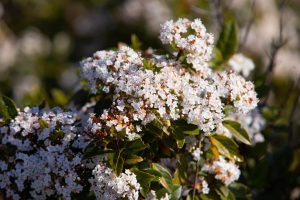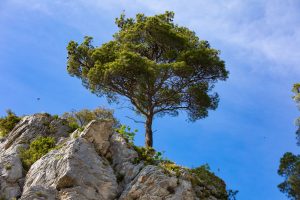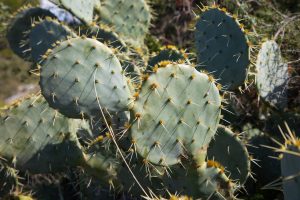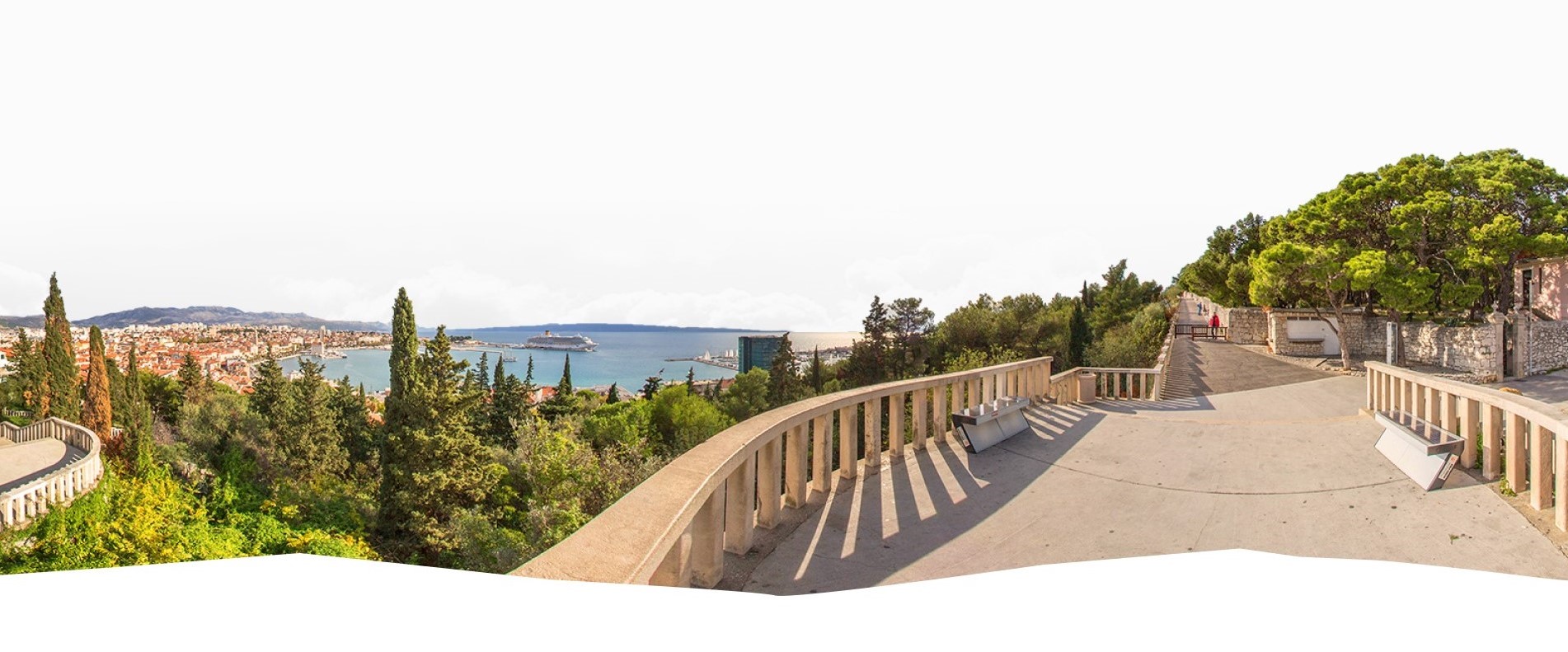From a phytogeographical view, Marjan is part of the Mediterranean region of the littoral vegetation belt and the eumediteranean zone of evergreen forests, where the fundamental forest vegetation consists of holm oak forests (Quercus ilex L.). Within these, there are mixed forests and maquis communities of holm oak and Hungarian ash (Fraxino orni-Quercetum ilicis H-ic). Holm oak forests in Marjan are predominantly found in their degraded stages of maquis, garigue, and rocky habitats.

There are also some endemic and strictly protected plants that point to the great biodiversity of Marjan, with the exception of small agricultural areas on the southern side where vegetables, grapevines, olive trees and other fruit trees were cultivated.




The flora of Marjan is quite abundant, which is attributed to the favorable Mediterranean climate and diverse habitat types, ranging from rocky dry grasslands, garigue, maquis, forests, rock crevices, stony coastal areas, ruderal, and agricultural habitats. Marjan's flora was explored by several botanists: Petter (1832), Hirc (1910), etta (1922), Matković (1959), Ruščić (2002 – 2015).




Throughout history, human influence has affected the appearance and degradation of the flora of Marjan. Uncontrolled logging and a major fire completely transformed Marjan, turning it into barren karst.
Reforestation efforts followed, with the Aleppo pine (Pinus halepensis) becoming almost a monoculture on the northern side of Marjan. It has been observed that the native maquis vegetation between the tall pine trees has been restored lately.




Human activities have impacted the native flora of Marjan by introducing non-native invasive species, with the tree of heaven (Ailanthus altissima) (Mill.) as the most prevalent one.








